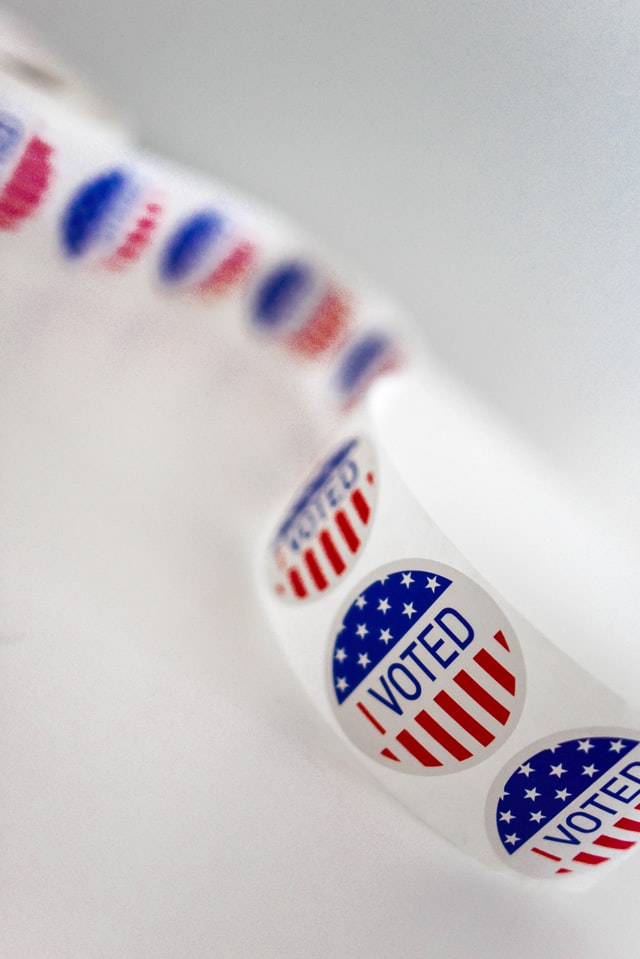
This Commentary could end here: No issue dealing with policy involving labor has surfaced during this presidential election season.
Neither candidate is talking about these issues; they are hidden behind the central focus on Trump’s cult of personality. These hidden labor issues include such perennial topics as immigration and minimum wages, but also, brought to the fore by the Covid-19 crisis, health care and worker safety.
The US federal minimum wage has remained at $7.25 per hour since 2009, although average wages have risen 33% since then. More and more states have enacted higher state minima in response to the absence of federal action. That trend will continue if Trump is elected—the federal minimum will not be increased. If Biden is elected, I expect that the federal minimum will be raised to at least $10/hour, perhaps more. Most important, one can hope that any legislation would finally index the national minimum so that, as in most countries, it rises automatically with wage inflation.
More than anything else, Trump’s concentration on immigration during the 2016 election propelled his narrow Electoral-College victory. Even though he and Biden have been essentially silent on this, a President Biden would see “Dreamers”—adults brought to the US as young children—granted citizenship. A continuation of President Trump would see further efforts to deny citizenship to Dreamers and continuing incarceration of border-crossers.
The US is unique among wealthy nations in not providing health insurance for a large fraction of the population. This lack will continue and expand in a second Trump Administration. A Biden Administration would almost certainly expand health insurance, perhaps by making a Medicare-equivalent available beyond the elderly population.
Workplace fatalities have plummeted in the past 30 years and will be lower than usual during this year of reduced economic activity; but exposure to the virus during the Covid-19 crisis has exacerbated concerns about workplace health risks, especially those facing service workers. I would not be surprised to see these concerns addressed during a Biden Administration by expansions of the US Occupational Safety and Health Act.
Also not discussed is the broader issue of federal pension assistance—Social Security Old Age and Survivors’ Insurance in American parlance. This 800-pound gorilla in the room of socio-economic policy has barely been touched upon during this election season. Yet the system that funds these benefits will have negative balances in 15 years, and probably sooner with the reduction in tax inflows during this severe recession. Whoever is elected should address this impending major problem. My guess is that neither will do anything; but one can hope that on a bi-partisan basis we can raise the ceiling on the tax that finances this program and gradually raise the general age of eligibility for benefits to 70 (from 67), just as we did when facing similar impending deficits in the 1980s.
To a major extent, wealthy countries grow economically through their investments in human capital. The evidence is increasingly strong that offering an early childhood basis for these investments by providing serious day-long preschool for children ages 3 to 5, as is done in a number of US states, would benefit the economy in the long run. A Biden Administration might, as has occurred so often in US history, take these successful state programs and mandate them nationally; a second Trump Administration would not.
Labor issues are sub rosa this year; but they are not going away, and they are important.
© Daniel S. Hamermesh
Daniel S. Hamermesh is Editor-in-Chief, IZA World of Labor and Distinguished Scholar, Barnard College.
Please note:
We recognize that IZA World of Labor articles may prompt discussion and possibly controversy. Opinion pieces, such as the one above, capture ideas and debates concisely, and anchor them with real-world examples. Opinions stated here do not necessarily reflect those of the IZA.